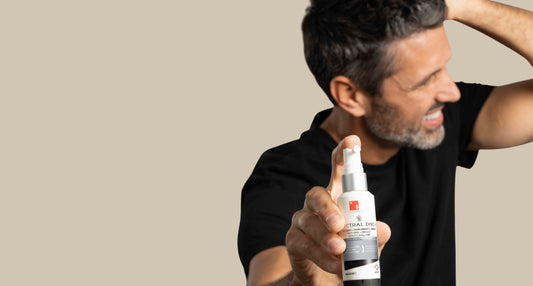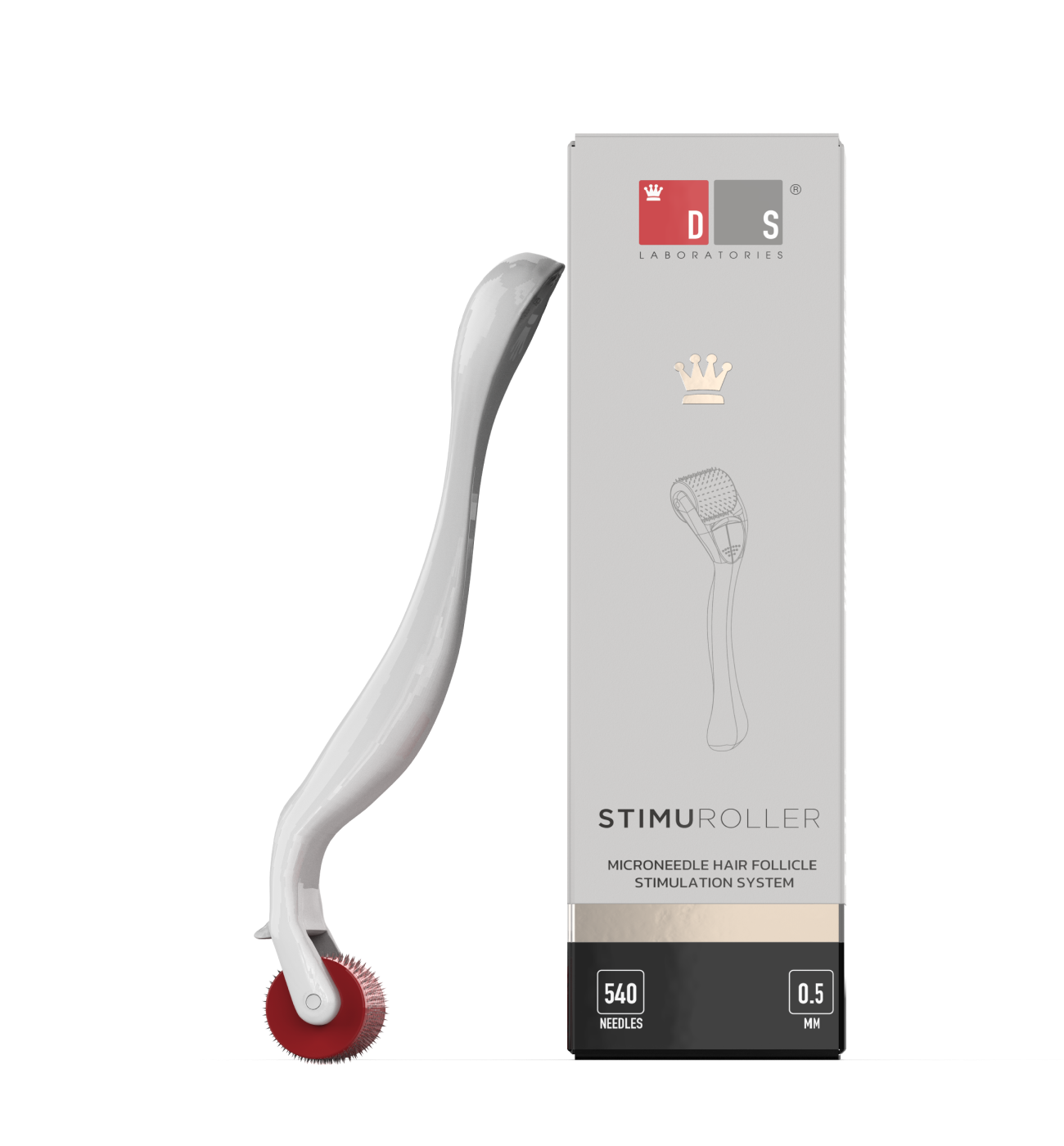Hair loss is a common issue among both men and women. While some people experience hair loss due to a receding hairline, others notice thinning hair or bald spots on the top of their head. In some cases, people may experience hair loss without a receding hairline. This can be a confusing and frustrating experience for those affected, as they may not know the cause of their hair loss or how to treat it. In this article, we will explore the phenomenon of balding but hairline not receding and discuss its causes, symptoms, and treatment options.
What are the signs of a receding hairline?
A receding hairline is a common type of hair loss that usually affects men. It is characterized by the gradual thinning of hair on the front of the scalp, which creates a distinct "M" shape. As the hairline recedes, the hair on the top of the head may also begin to thin, leading to bald spots.
The signs of a receding hairline include:
-
Hairline moving further back: The hairline may move back from the forehead, creating a "M" or "V" shape.
-
Widening part: The part in your hair may appear wider than usual, indicating that your hair is thinning.
- Bald patches: You may notice bald patches on the top of your head or on the sides of your scalp.
What is the growth cycle of hair?
Before we discuss the causes of hair loss, it's important to understand the hair growth cycle. Hair growth is a complex process that involves three phases: anagen, catagen, and telogen.
Anagen is the active growth phase of hair, which lasts for several years. During this phase, hair grows about 1 cm per month, and the hair follicles are nourished by blood vessels in the scalp.
Catagen is a transitional phase that lasts for a few weeks. During this phase, the hair follicles shrink and detach from the blood vessels in the scalp.
Telogen is the resting phase that lasts for several months. During this phase, the hair follicles remain dormant, and the old hair falls out.
After the telogen phase, the hair growth cycle starts again with the anagen phase. This continuous cycle of growth, shedding, and regrowth is essential for maintaining a healthy head of hair.
What causes hair shedding?
Hair shedding is a natural part of the hair growth cycle. It's normal to lose up to 100 hairs per day, as these hairs will eventually be replaced by new ones. However, excessive hair shedding can be a sign of an underlying health condition or hair loss.
Some of the most common causes of hair shedding include:
-
Stress: Emotional or physical stress can disrupt the hair growth cycle, leading to excessive hair shedding.
-
Hormonal changes: Changes in hormones, such as those that occur during pregnancy or menopause, can cause hair shedding.
-
Nutritional deficiencies: A lack of essential vitamins and minerals, such as iron or biotin, can lead to hair shedding.
-
Medications: Some medications, such as chemotherapy drugs or blood thinners, can cause hair shedding.
- Autoimmune disorders: Autoimmune disorders, such as alopecia areata, can cause hair shedding and hair loss.
What causes hair loss without a receding hairline?
Hair loss without a receding hairline is a less common type of hair loss, but it can still be a frustrating experience for those affected. This type of hair loss is usually caused by pattern hair loss or alopecia areata.
Pattern hair loss, also known as androgenetic alopecia, is the most common type of hair loss in men and women. It is caused by a combination of genetic and hormonal factors and typically affects the top of the head. In men, pattern hair loss often results in a receding hairline and bald spot on the crown of the head. In women, pattern hair loss typically causes diffuse thinning on the top of the head.
Alopecia areata is an autoimmune disorder that causes hair loss in patches. It can occur at any age and can affect both men and women. The exact cause of alopecia areata is unknown, but it is thought to be related to an overactive immune system attacking hair follicles.
How to treat hair loss without a receding hairline?
The treatment for hair loss without a receding hairline depends on the underlying cause. For pattern hair loss, there are several options available, including:
-
Medications: There are two medications approved by the FDA for the treatment of pattern hair loss: finasteride and minoxidil. Finasteride works by blocking the production of the hormone dihydrotestosterone (DHT), which is responsible for hair loss. Minoxidil is a topical medication that stimulates hair growth.
-
Hair transplant surgery: Hair transplant surgery involves removing hair follicles from one area of the scalp and transplanting them to the bald or thinning areas. This procedure can be expensive and requires a skilled surgeon.
- Low-level laser therapy: Low-level laser therapy (LLLT) is a non-invasive treatment that uses low-level lasers to stimulate hair growth. LLLT has been shown to be effective in treating pattern hair loss in both men and women.
For alopecia areata, there are several treatment options available, including:
-
Corticosteroids: Corticosteroids are anti-inflammatory drugs that can be injected into the scalp or applied topically to treat alopecia areata.
-
Topical immunotherapy: Topical immunotherapy involves applying a chemical to the scalp to cause an allergic reaction. This reaction can help to stimulate hair growth.
- Hair transplant surgery: In severe cases of alopecia areata, hair transplant surgery may be an option.
How to help prevent hair loss?
While there is no guaranteed way to prevent hair loss, there are several steps you can take to promote healthy hair growth:
-
Eat a balanced diet: Eating a diet rich in vitamins and minerals can help to promote healthy hair growth.
-
Practice good hair care: Avoid harsh chemicals and heat styling tools that can damage your hair. Use a gentle shampoo and conditioner, and avoid brushing your hair when it's wet.
-
Manage stress: Stress can disrupt the hair growth cycle and lead to hair loss. Find ways to manage stress, such as exercise, meditation, or deep breathing.
- Seek medical treatment: If you notice excessive hair shedding or hair loss, seek medical treatment. Early intervention can help to prevent further hair loss.
In conclusion, balding without a receding hairline can be a confusing and frustrating experience. It's important to understand the underlying causes of hair loss and seek appropriate treatment. While there is no guaranteed way to prevent hair loss, practicing good hair care and seeking medical treatment can help to promote healthy hair growth. If you're experiencing hair loss, don't be afraid to seek help. With the right treatment, you can restore your head of hair and regain your confidence.














